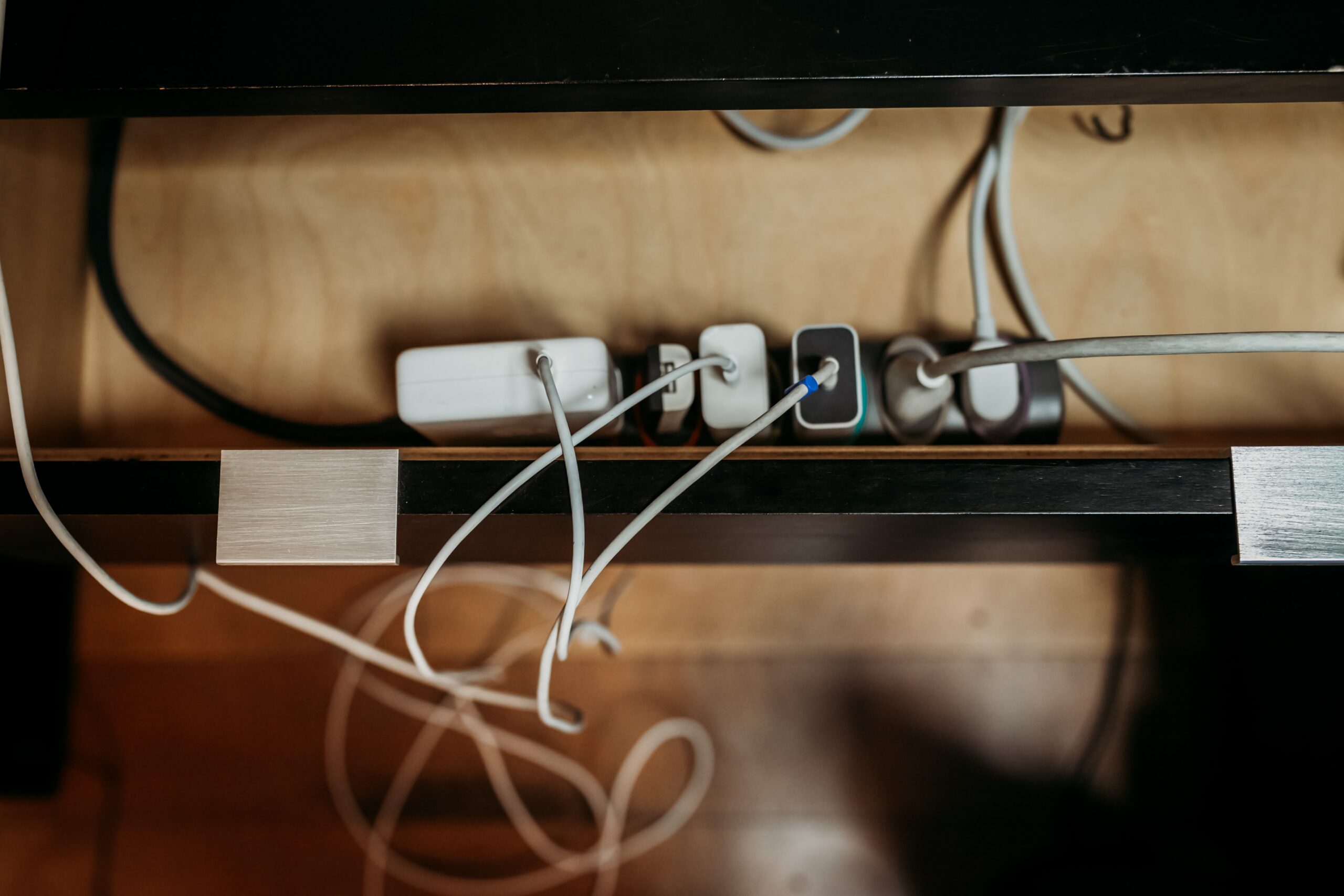Ask Arthur
Ask Arthur: How can I protect my appliances from power surges?
Loadshedding has taken down numerous consumers’ appliances in South Africa, and a reader wants a solution. ARTHUR GOLDSTUCK offers several.
Q: I just had to replace my fridge due to power surges after load shedding. How can I protect the rest of my appliances and electronics?
The simplest way is to unplug them when power goes off or when not in use. The appliance can’t be affected by surges when it is unplugged, and you have the added bonus of saving on electricity for non-essential machines.
The second easiest approach is to buy surge protectors, which are also sold as surge suppressors, protection breakers or power protectors. They cost as little as R150 from Dis-Chem for an Ellies “surge secure dual Euro socket power protector”, which protects 2 appliances and is made from self-extinguishing material.
An Ellies “high surge safe power protector and Euro socket” costs R275 at Builders. All comply with South African standards. Any hardware store can offer you a range of these units and give you advice on which is best. They also sell surge protectors for electric mains boards, but these should be installed by certified electricians.
For computers, printers and similar office appliances, an uninterruptible power supply (UPS) can be combined with a surge protector, to ensure that you can shut down a computer normally when the power goes out. It can then also be turned back on normally once there is power, avoiding the danger of surges.
Why then a surge protector? Because power surges also occur when power has been running normally. And the biggest surge of all, a lightning strike, can occur at any time.
There is a myth that laptops don’t need surge protection, as they are protected by built-in surge protection in their charging bricks. However, while this suffices for minor surges, a major surge can break through that protection and damage components of the laptop. The best solution is to use a surge protector, unplug the laptop when not in use, or keep it unplugged shortly before the time you expect loadshedding to end.

















